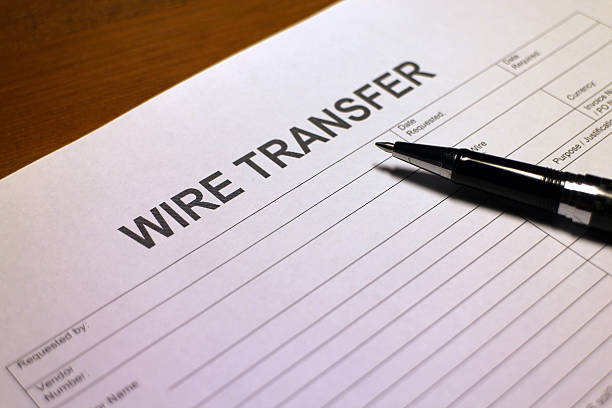The reference or memo field is a designated space provided by banks and financial institutions for you to include additional information or a brief description related to the transaction. It's usually a text box where you can input a note or message. While this field may appear optional, its utility should not be underestimated.
Why is the Reference or Memo Field Important?
Clarity and Context: The reference or memo field adds context to the transaction. It allows you to specify the purpose of the transfer or provide details that help both you and the recipient understand the transaction better.
Record-Keeping: Including relevant information in the reference field serves as a form of record-keeping. It helps you track and categorize your transactions, making it easier to review your financial history and reconcile your accounts.
Dispute Resolution: In case of discrepancies or disputes, the information in the reference field can be valuable evidence. It can help clarify the intent of the transaction and resolve any issues more efficiently.
Professionalism: When making business transactions, using the reference field to include an invoice number, project name, or client name adds professionalism and can help your clients identify and reconcile payments.
When Should You Use the Reference or Memo Field?
Paying Bills: When you're paying bills, especially if you have multiple accounts or subscriptions, use the reference field to specify which bill or service the payment covers. Include the account number or invoice reference if applicable.
Transferring to Friends or Family: If you're transferring money to a friend or family member for a specific purpose (e.g., splitting a restaurant bill or contributing to a gift), you can use the reference field to mention the reason.
Business Transactions: For business transactions, it's essential to use the reference field to include relevant details. This might include invoice numbers, purchase order references, or project names to facilitate easy identification and accounting.
Charitable Donations: When making charitable donations, mentioning the charity's name or the purpose of the donation in the reference field can help you track your contributions for tax purposes.
Personal Reminders: Sometimes, you might want to use the reference field as a personal reminder. For instance, if you're saving for a specific goal or earmarking funds for a future expense, jotting down a note in the reference field can help you stay organized.
How to Use the Reference or Memo Field Effectively
Be Clear and Concise: Use clear and concise language to describe the purpose or details of the transaction. Avoid jargon or ambiguity.
Double-Check Information: Verify that the information you enter in the reference field is accurate, especially when making important or high-value transactions.
Respect Character Limits: Some banks impose character limits for the reference field. Make sure your message fits within these limits.
Avoid Sensitive Information: While it's okay to provide context, avoid including sensitive information like account numbers or passwords in the reference field for security reasons.
Review Before Submitting: Before finalizing the transaction, review the reference or memo field to ensure it accurately represents your intent.
Conclusion
The reference or memo field in bank transfers is a valuable tool for adding context, clarity, and organization to your financial transactions. By using it effectively and thoughtfully, you can enhance your record-keeping, improve communication with recipients, and streamline your financial management. Whether you're paying bills, transferring money to friends, or conducting business transactions, don't overlook the potential of this small yet impactful feature.
Frequently asked questions (FAQs) for bank transfers




